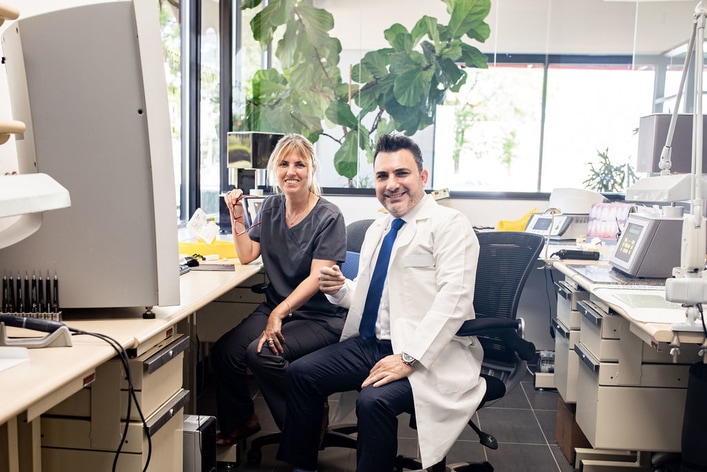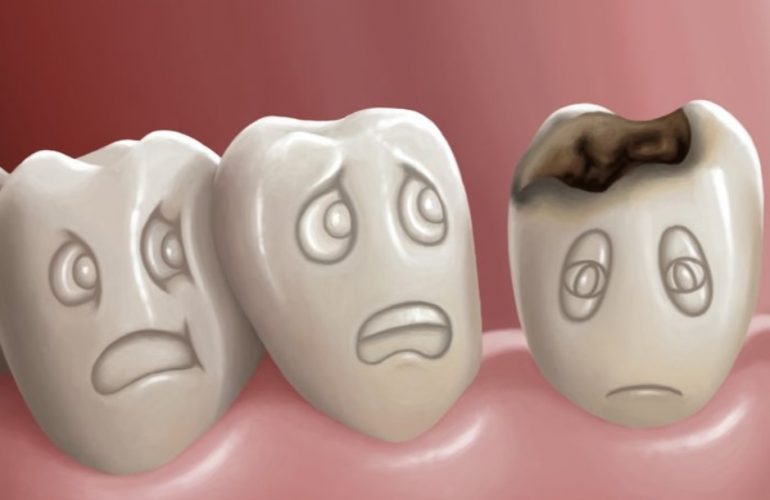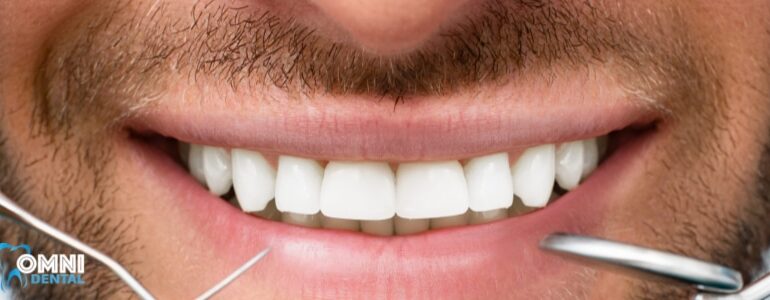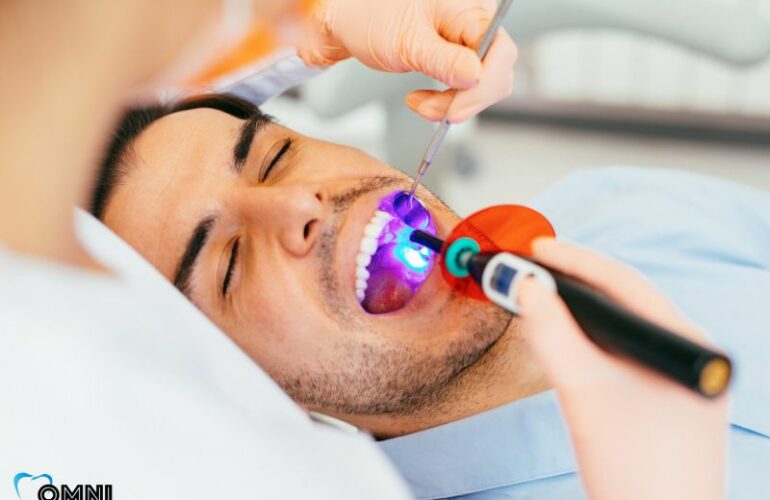Five Stages Of Tooth Decay: The bacteria in your dental plaque are the cause of tooth decay. They convert sugars from food into acids which can eventually damage teeth if left unchecked for too long! That’s why regular trips to bedside stand-up flossing are important when it comes preventing this condition–and seeing an dentist often will also help you maintain beautiful pearly whites without fear or worry about what might happen next.
Stages of tooth decay
The early stages of decay can be reversed with early treatment, but without professional care the condition will progress to either the second or third stage.
Stage one: signs of early tooth decay usually include small white spots on your teeth, which are caused by bacteria building up in plaque. If you brush and floss regularly these spots should remain small and hardly noticeable.
Stage Two: stage two tooth decay usually begins with small cavities that become larger over time, eventually becoming deep enough for the bacteria to penetrate into your tooth enamel. This is when you’ll want to seek treatment from a dentist to prevent further damage.
Stage Three: stage three tooth decay usually involves the entire tooth structure being compromised. Your enamel will be eroded, exposing the soft material inside you teeth called dentin.
At this stage, you’ll need a root canal to prevent further damage and loss of your tooth.
Stage four: stage four tooth decay occurs when bacteria have penetrated deep into your teeth. At this stage, you’ll need a crown put on the tooth to prevent further damage.
Stage five: stage five tooth decay happens when bacteria have invaded your teeth’s pulp chamber and root canal system. This will eventually lead to loss of the tooth if not treated by a dentist immediately.
At this stage, you’ll need root canal or crowns put on the tooth to prevent further damage.
final stage
When tooth decay reaches this final stage, it’s likely that treatment will involve removing the infected tooth. The final stage usually only occurs after several years of neglecting your teeth and not following through with dental professional.
Tooth Decay Treatments
The treatment that’s recommended for tooth decay can depend on its stage. Let’s take a look at the different treatment options based on the progression of tooth decay.
Stage I enamel decay
In the very early stages of enamel decay, a patient may be advised to clean their teeth more often and use a dental pick to remove plaque from between the teeth. Sometimes enamel decay will stop progressing if good dental hygiene is maintained. Over time, enamel can begin to wear away and expose dentin, which gets stained and is more susceptible to enamel decay.
Stage II enamel decay
Patients with enamel decay in stage II may be recommended to undergo a non invasive treatment known as remineralization. It helps strengthen and rebuild enamel and create a protective barrier against future enamel decay.
A special mineral, called calcium phosphate, is applied to the teeth and attracts ions that provide a foundation for building healthy new enamel. Over time, the remineralization process will strengthen tooth enamel and help prevent further decay. In more severe cases of stage II enamel decay, a dental crown may be recommended in order to reinforce the weakened tooth.
Stage III enamel decay
If remineralization is unsuccessful, patients may be advised to have a stainless steel crown . The surrounding tissues of gums are numbed and the dentist will remove all cavity causing bacteria by drilling away any tooth decay or damaged tooth structure. A stainless steel crown is then fitted over the affected tooth.
Tooth Decay Prevention Tips
Brush your teeth: You should brush your teeth at least twice per day, and after meals. Try using a fluoride toothpaste to help protect against cavities!
Avoid sweets: When it comes to your teeth, the more sugar you have in them – whether its from drinks or food- means that they’re going be bad for their health. So try avoiding these types of foods as much as you can.
Drink tap water: You should drink tap water because it contains fluoride, which helps protect your enamel from decay and strengthen teeth.
Avoid snacking: You should limit between-meal snacks, as this can give the bacteria in your mouth even more sugars to convert into acids.
When should I see my dentist?
If you have early stages of tooth decay, it’s best not to ignore any symptoms. Early detection and treatment can mean a more successful outcome. If you notice any of these issues with your teeth, it’s important to see your dentist right away.








